Surfing is one of the most popular sporting activities in the world, with millions of enthusiasts riding the waves of oceans and beaches across the planet every day.
Our Editorial by WIJI takes us today to discover the dawn of the most popular wave sport today, transporting us to the years when this did not yet have a name and was only defined as a magical "gliding on the waves" (in Hawaiian: he'enalu ).

Although today, the tropical paradise islands of Hawaii are commonly associated with the epicenter of surfing , the truth is that the origin of this fascinating sport is shrouded in mystery. The written documents about it are few, and historians heatedly debate the available versions.
The first traces attributable to this activity are ancient and date back hundreds of years ago, when the populations of the south-eastern Pacific used wooden planks to navigate on the waves of their seas. Made by hand, they were often decorated with symbolic tribal motifs and used for sailing to nearby islands, for fishing and for ceremony. 
Legend tells of how the Polynesian sea god Kanaloa taught his children to ride the waves with boards made of koa wood. Furthermore, some historical sources attest to how the native Hawaiians, called kānaka maoli , practiced surfing regularly and even organized competitions to allow kings and high-ranking chiefs to bet their properties for pure fun.

As regards contacts with the Western world, it is undeniable that European travelers were the first to come into contact with this practice.
In fact, it was only in 1778, with the arrival of the European explorer James Cook , that the Western world experienced what we now call surfing. Cook, sailing in the waters of the Pacific, was fascinated by the technique with which the native Hawaiians used wooden planks to run on the waves and he too tried his hand at this activity.

Although it was immediately recognized by the new European explorers as an exciting recreational and sporting novelty, the discipline risked disappearing together with all the other traditions belonging to the natives.
In fact, in 1800, Christian missionaries banned surfing in Hawaii , considering it immoral and contributing to the decline of the islands' original culture. European doctrine, disease, and cultural prohibitions brought by missionaries limited and nearly eliminated surfing for nearly 150 years.

Known as The Big Kahuna, he was an Olympic swimming champion and is generally considered the inventor of modern surfing.

Surfing conquers the Western world and arrives in California, USA

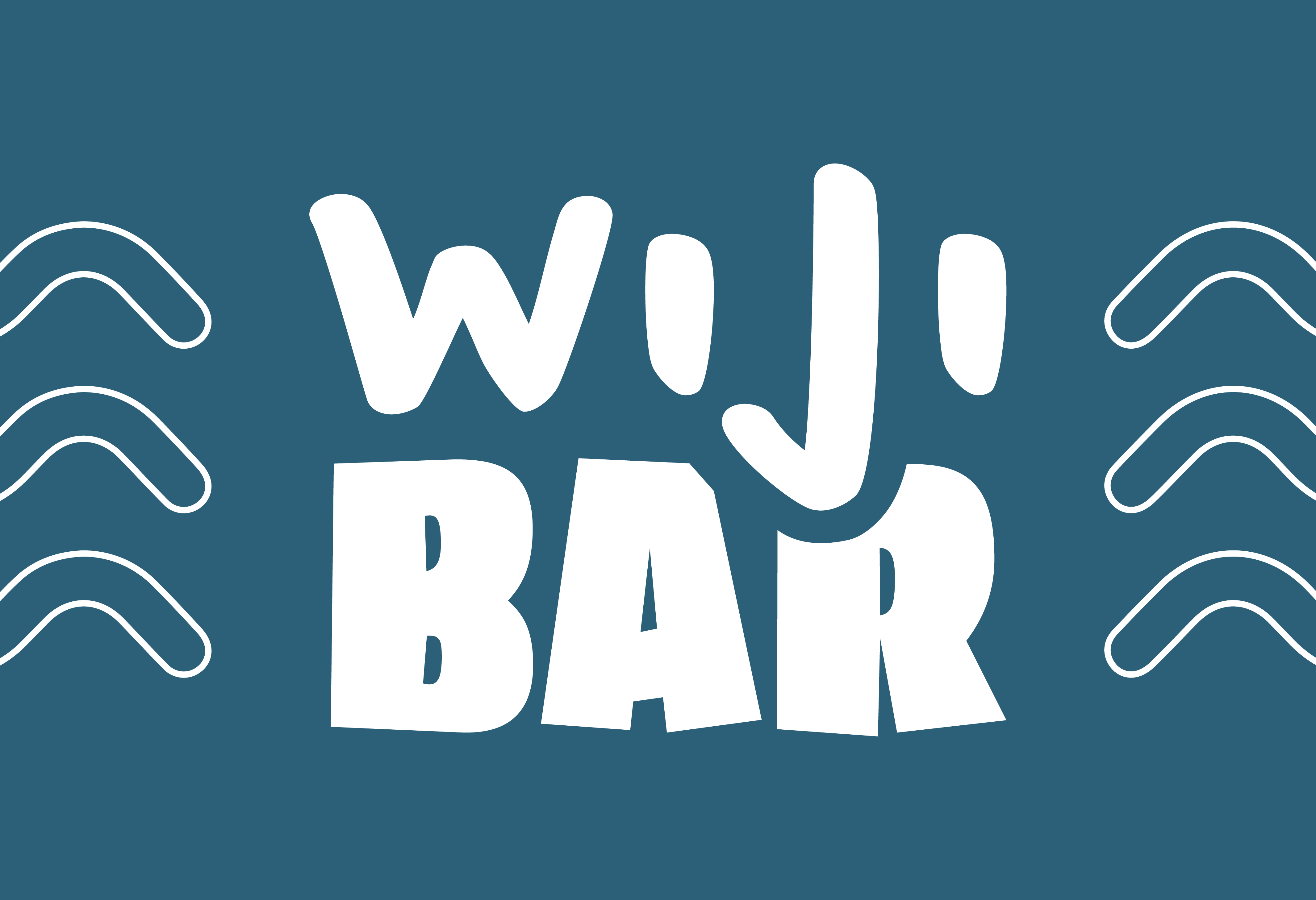


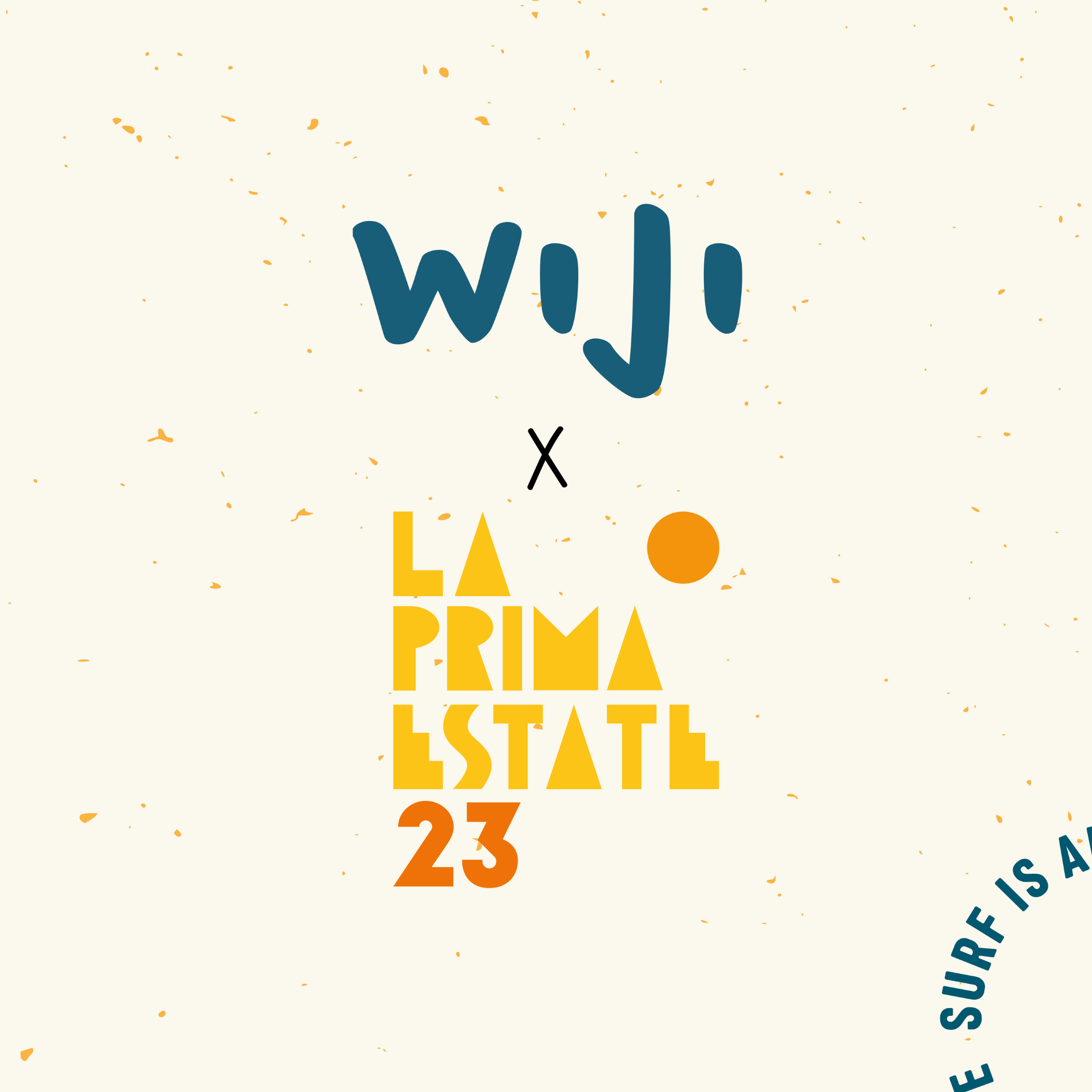

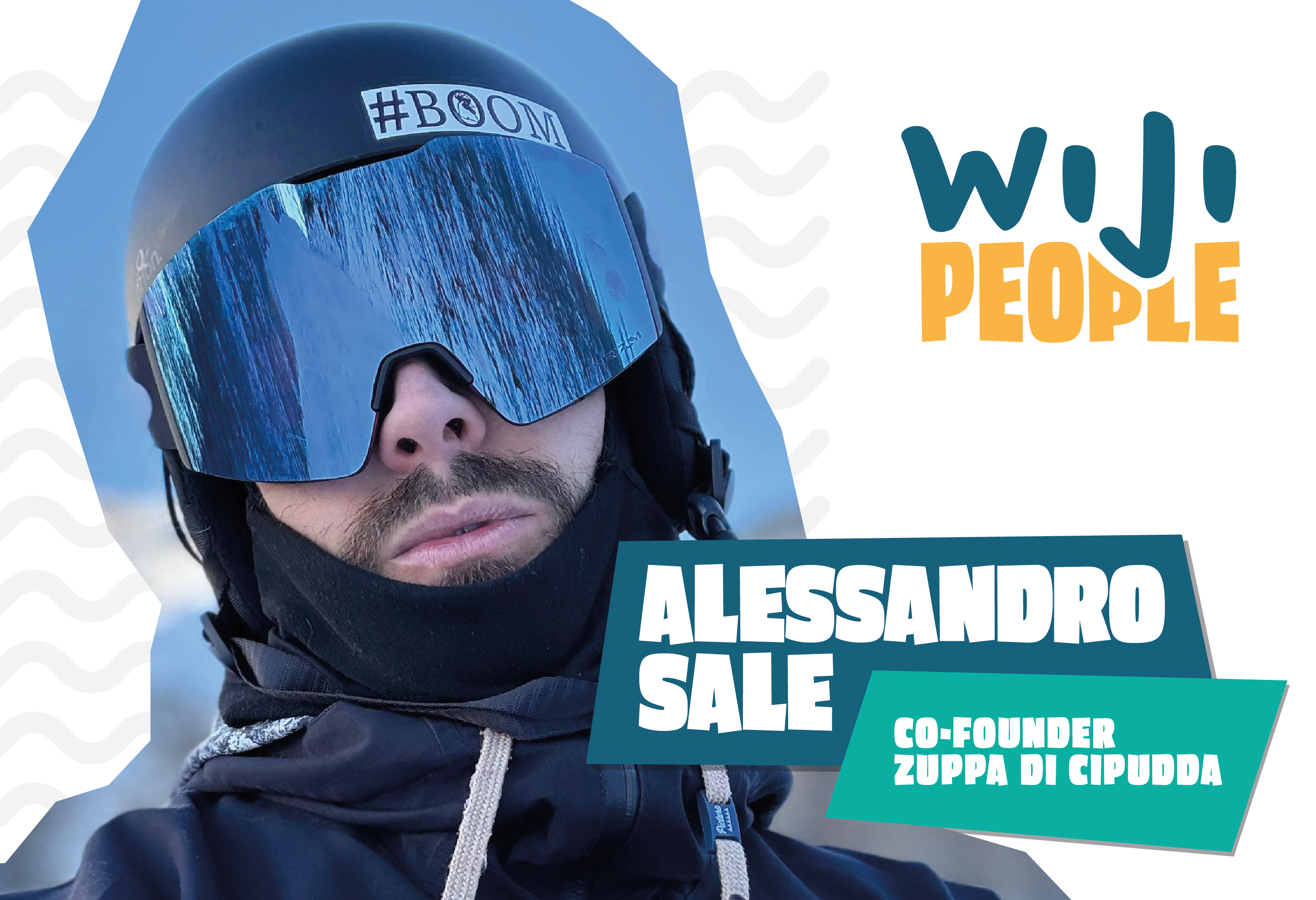



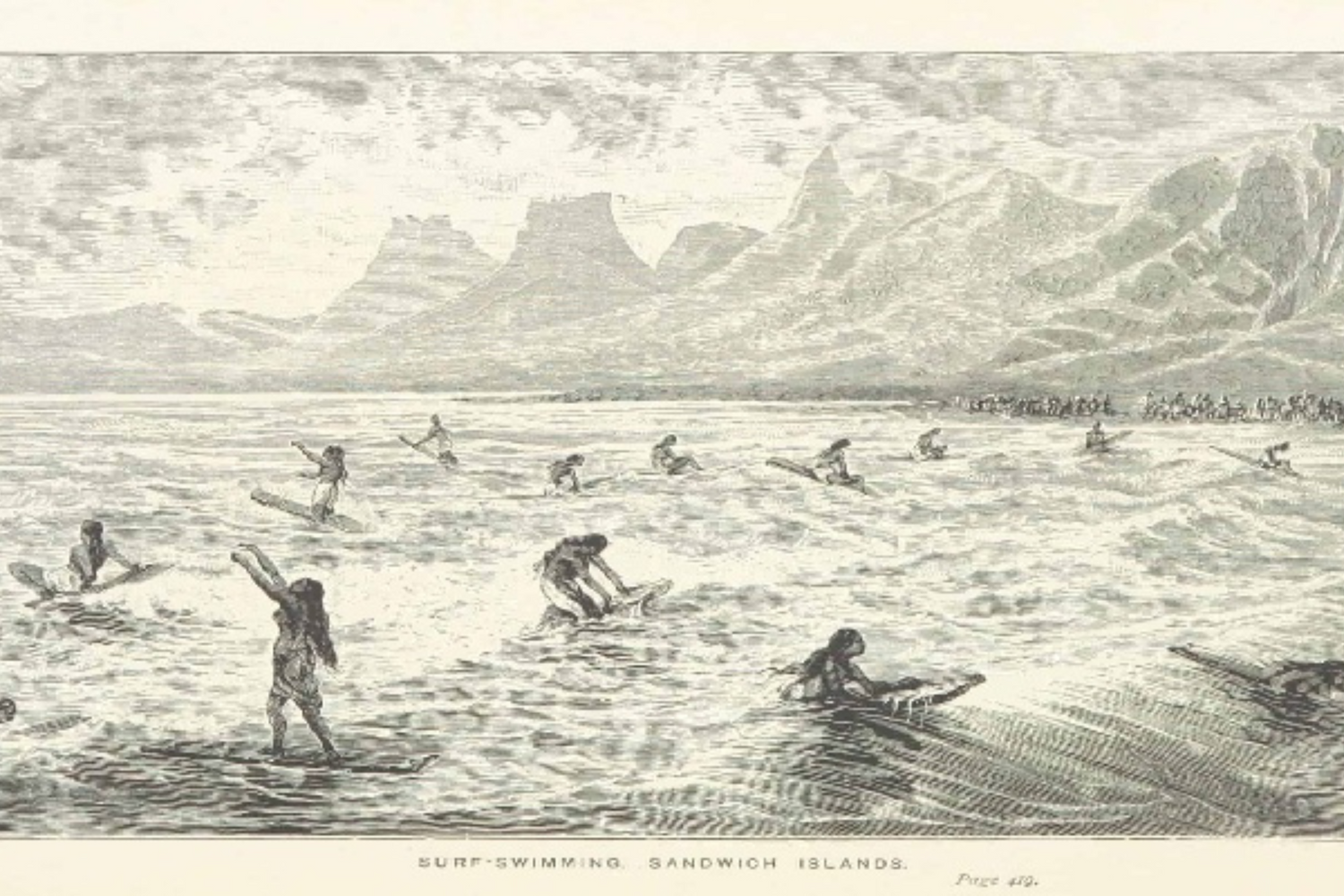
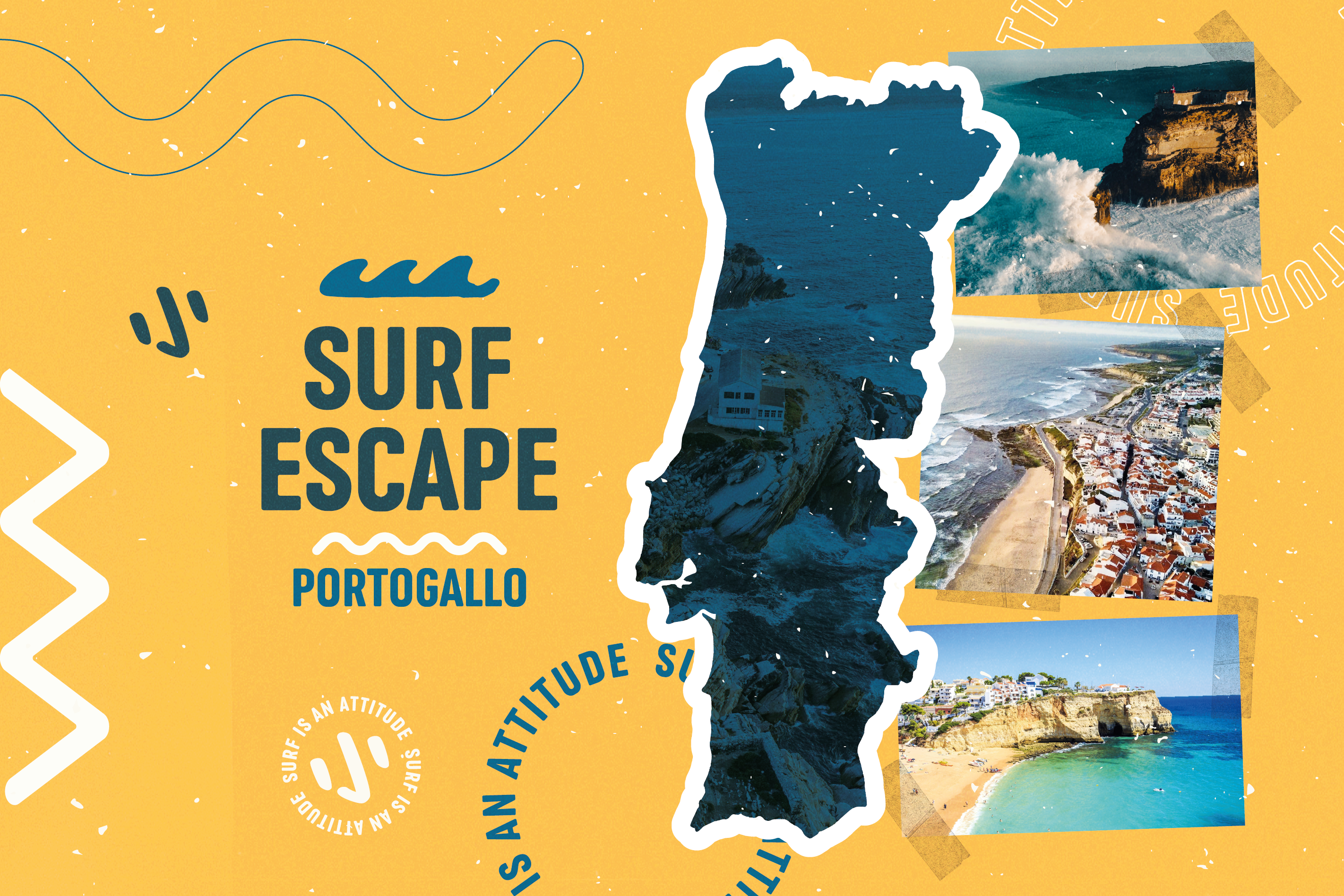
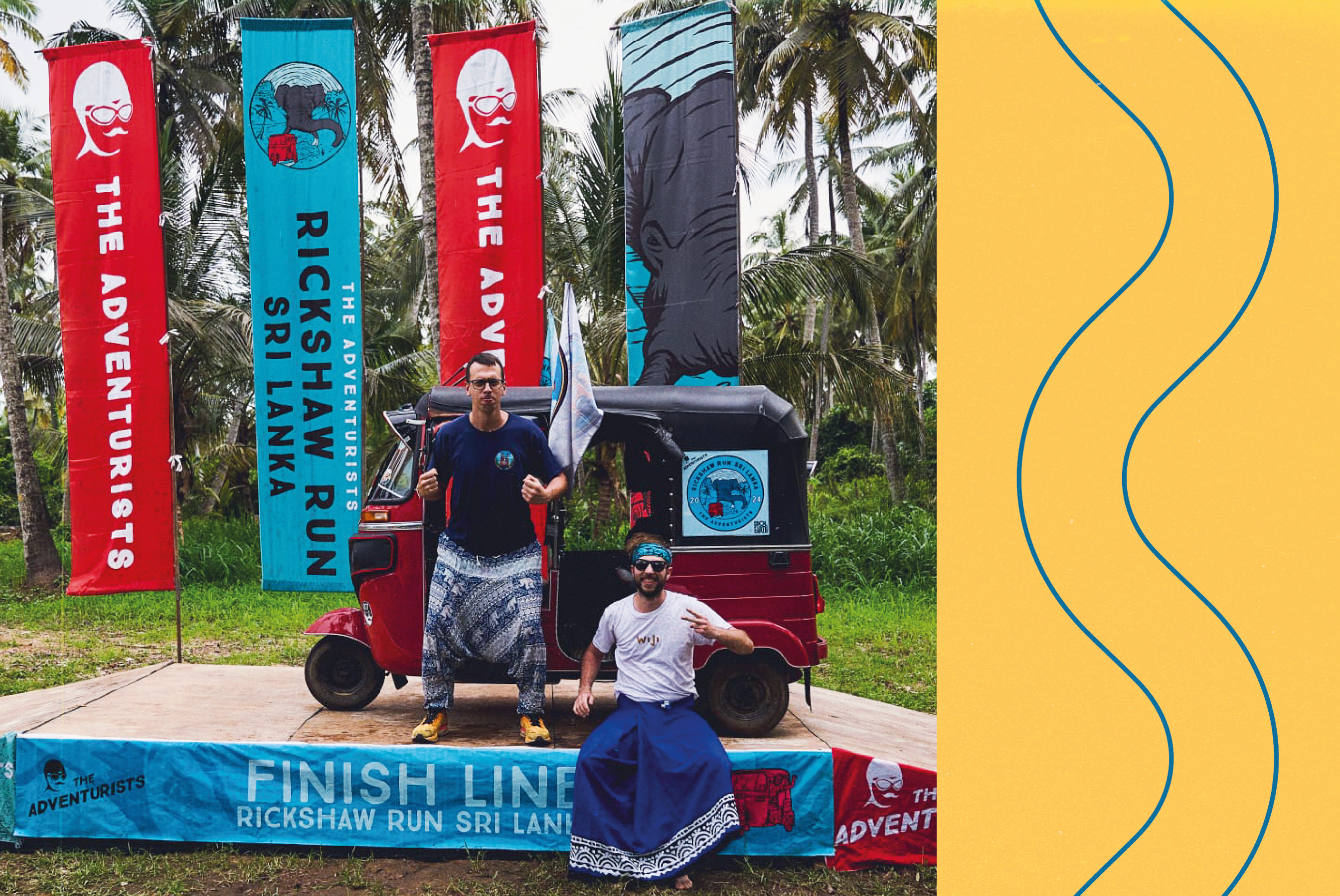
Leave a comment
This site is protected by hCaptcha and the hCaptcha Privacy Policy and Terms of Service apply.